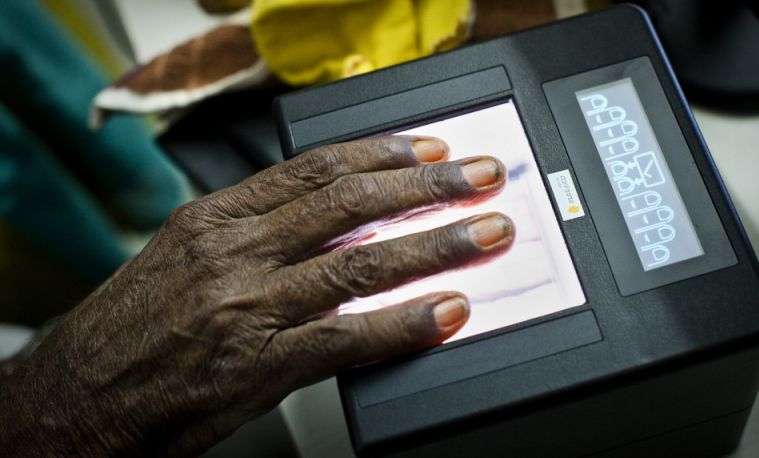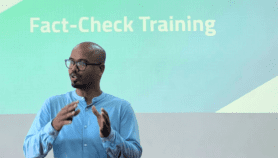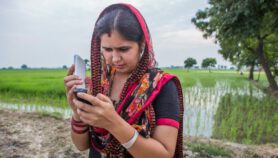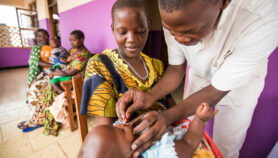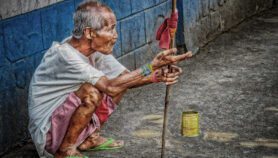By: Puneet Kollipara
Send to a friend
The details you provide on this page will not be used to send unsolicited email, and will not be sold to a 3rd party. See privacy policy.
[WASHINGTON DC] Efforts to use biometric data to give people in the least-developed countries some form of personal identification could face major data security problems, a panel discussion found last week.
At a summit to discuss the growing use of digital and biometric ID systems and the resulting rise in personal data storage, speakers said this also increases the risk of data abuse and hacking.
“We need to continue to be strong and rigorous about what the protections and systems are in place.”
Tony Pipa, Post-2015 Development Agenda
The meeting, held on 3 November at the Center for Global Development (CGD) think-tank in Washington DC, United States, heard how legal identification allows people to access public services and helps governments cut back on fraud and crime. Increasing access to legal identification is part of the UN Sustainable Development Goals (SDGs), agreed in September.
But if countries improve their data collection capacity, they must also ensure they can keep such data safe, said Tony Pipa, US coordinator for the Post-2015 Development Agenda, which comprises the SDGs. “We need to continue to be strong and rigorous about what the protections and systems are in place,” he said.
Some 2.4 billion people globally lack legal identification, and 600 million children alive today never had their births registered, according to the panel. Biometric identification could help these people access basic services such as education or financial services for the first time, panellists suggested. Governments could also use biometric data to track health and demographic trends among their citizens and target social programmes at the right people, they said.
The SDGs call for every person to have legal identity, including birth registration, by 2030. “It is a right in and of itself, but it’s also an enabler to many other SDGs,” said Rajesh Mirchandani, a policy outreach officer at CGD.
In India, for example, Prime Minister Narendra Modi is seeking to expand a legal identification system that uses a biometric ID card. The panel heard that this is helping poor people access banking services and get subsidised fuel, while cutting fraud.
But the debate flagged up that governments could use biometric identities and personal data such as health, phone or travel records to monitor citizens and crack down on political dissent.
In addition, many developing countries lack even basic data protection laws, said Alan Gelb, who researches biometrics at the CGD. He suggested that the Organisation for Economic Co-operation and Development’s data protection principles could be a starting point for such laws to be developed.But even with such laws in place, the financial strain of detecting and prosecuting snooping and identity theft may stretch the limited resources in many developing countries, said Mahmoud Mohieldin, the World Bank president’s special envoy on the Millennium Development Goals. “The costs and investments that are required are huge,” he said.


